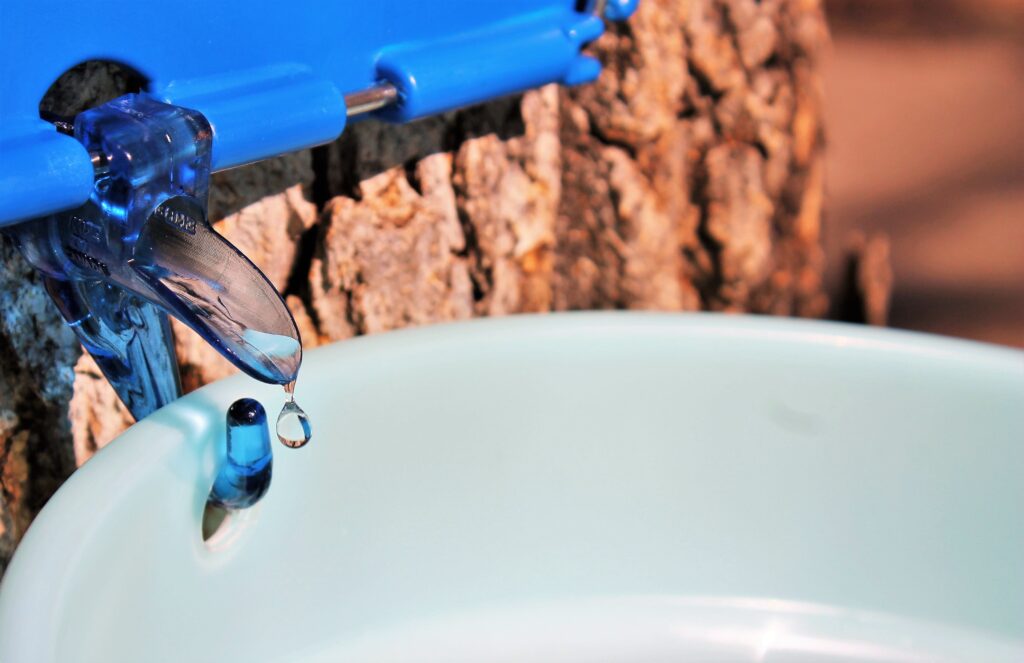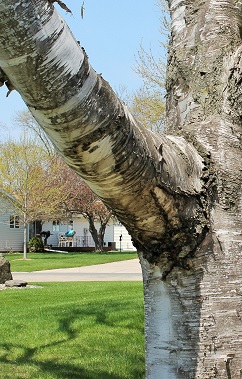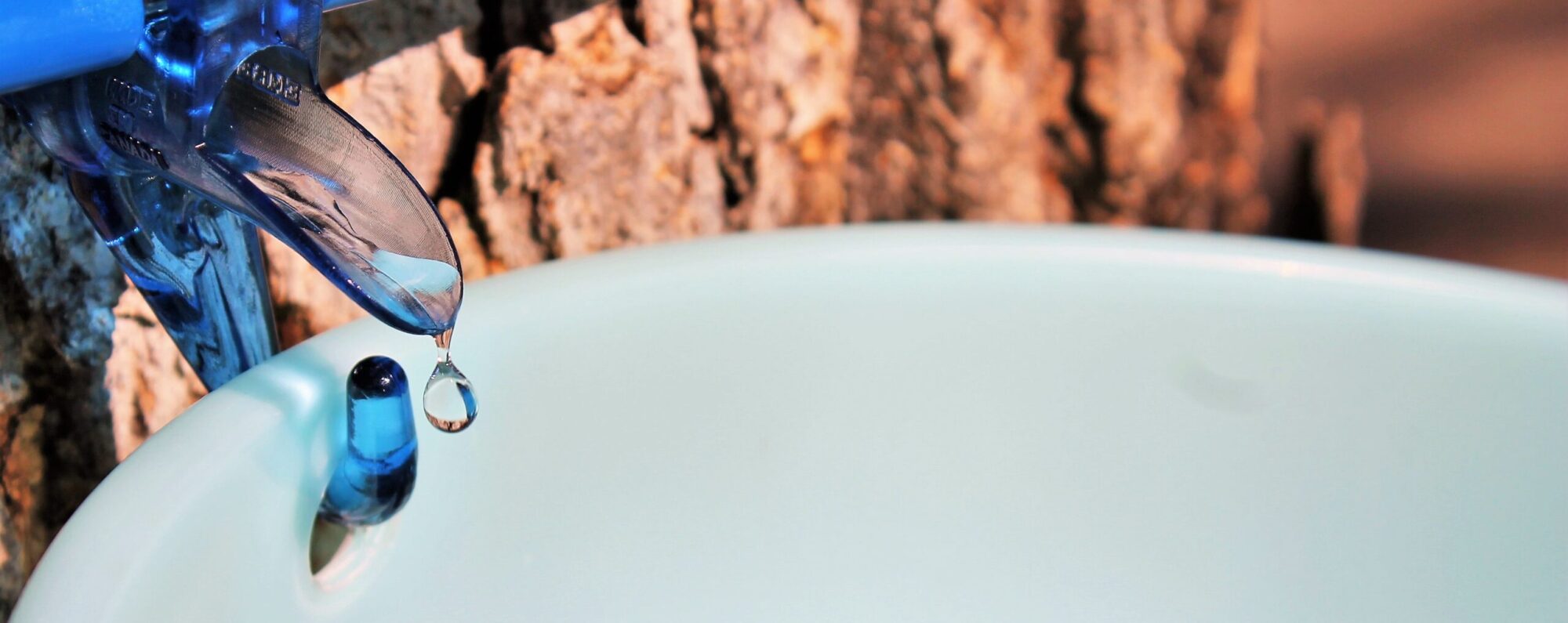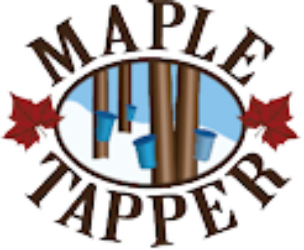
The maple sugaring season varies by region but generally starts in late January and can last until mid-April. When the tree sap starts and stops running, though, depends greatly on day and nighttime temperature fluctuations: if temperatures fall below freezing at night but climb to the 40°F+ range during the day, the sap will begin to flow and it’s time to get out there and tap your maple trees! Watch the weather forecast for this upcoming freeze/thaw pattern but don’t tap your trees too early as it can cause the spiles to freeze in the taphole which may damage the tree. Remove your spiles when you have enough sap or when the tree buds out as that can lead to an off or “buddy” flavor in the finished syrup.
If you’re adventurous and trying other tree varieties, their seasons are slightly different from sugar maple.The freeze/thaw cycle does affect how well sap flows but in more temperate regions such as the Western United States, trees can be tapped all winter as long as they’re dormant. In all cases, sap will not produce good-tasting syrup if the tree is in bud or growing leaves. Here’s a quick rundown of the most popular non-maple trees that folks tap for syrup:

Birch: The sap run usually begins later in the year in late March or early April, often at the end of the maple sugaring season. Daytime temperatures need to get into high 40°s and low 50°s with cold nights to get the sap flowing. Because of this late-season harvest and warmer weather, the sap spoils more quickly if left sitting all day in the buckets so birch sugarmakers often must collect sap twice per day. The season, too, is shorter and typically lasts for only two to three weeks.
Black Walnut or Butternut: As with sugar maple,the sap flow depends on the same freeze/thaw cycle and the season begins at the same time. The length of the season, though, is sometimes a bit longer as these trees are often the last to bud out. You will notice that the color of the sap will darken over the season and the darker it gets, the more robust the finished syrup will taste.
Sycamore: The tapping season and sugarmaking process are identical to maple trees and the sap-to-syrup ratio is similar. The flavor, though, is not the greatest and many considered this a “syrup of last resort” due to its almost-scorched taste. It can, though, be blended with other saps and will add a bit of butterscotch flavor when mixed with maple or other syrups.
Now that you know when to tap, click here to learn more about how to tap, look here for how to make it into maple syrup. Of course, all this info (and more!) is in our book included with every kit!
Don’t forget, during the tapping season we put out a weekly newsletter with lots of great info. Sign up here if you’d like to get the Tapping Times and you’ll also get a FREE Quick Guide to Maple Tapping ebook.

